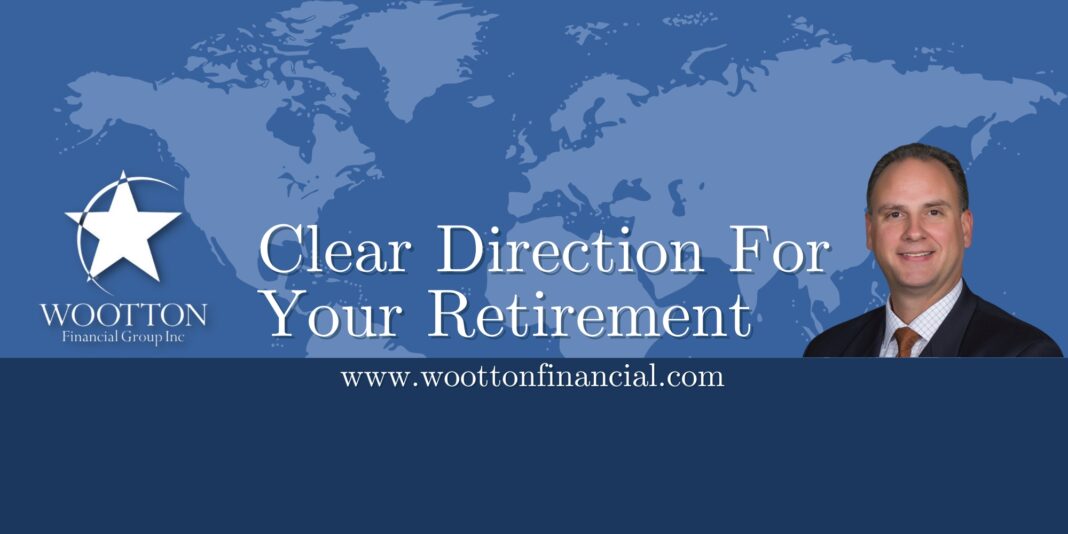The “Mega” Backdoor Roth 401(k) Conversion Explained
Many are familiar with Roth IRA conversions and the future tax benefits afforded by them if they’re done within the context of a well-coordinated financial plan. What many may not be aware of is the ability to enhance this conversion strategy using employer sponsored retirement plans like the 401(k).
What is it?
If you’re an employee whose employer-sponsored 401(k) plan allows both substantial after-tax contributions in addition to your pretax salary deferrals, you can typically transfer both to an employer-designated Roth 401(k). This is known as a mega backdoor Roth 401(k) conversion. Why? It typically allows a much larger amount to be funded to the Roth versus funding a standard Roth IRA account through contributions or IRA conversions. It’s essentially a loophole, a tax-shelter strategy in that only the pretax contributions (from pretax salary deferral contributions to the 401k) and untaxed account earnings (earned on the after-tax contributions, if any) are taxed when converted to the Roth 401(k).
How Much Could I convert?
In 2024, if your 401(k) provider allows this option, you can contribute up to $23,000 through pretax salary deferral (plus another $7,000 catch-up contribution if age 50 or older) and up to $46,000 in additional after-tax contributions to your 401(k) plan (a total of $69,000 or $76,000 with the catch-up). You could then execute a transfer (a conversion) of those dollars to your Roth 401(k) with the tax implications described earlier. From that point on, all the initial funding dollars and future earnings grow tax-free and are also tax-free when distributed (more on that later).
How is this different from a Roth IRA?
In terms of tax treatment of funds in the account, there’s not much difference between a Roth 401(k) and a Roth IRA. Principal and earnings grow tax-free, and distributions are tax-free later down the road (having met certain criteria like age, etc.).
However, the funding capability is where the major differences are. Roth IRAs are very limited to how much can be contributed annually and above certain income levels you can’t contribute at all. You could use your funded IRAs (if you have one) to do conversions (different from contributions) of larger amounts to a Roth IRA since there’s no income limitation on conversions, but all those converted dollars would be taxed as income. With a Roth 401(k), in many cases, you can fund much larger amounts into it at a faster rate versus a Roth IRA.
What About Distributions?
We don’t have space here to discuss all the aspects of Roth distributions but let me cover a couple of more important considerations we see most often in our practice.
Generally speaking, you want the Roth 401(k) and/or your Roth IRA funded and open for at least five years. The five-year clock rule is separate for each so you need a funded Roth IRA outside your funded Roth 401(k) if you ever want to roll out your Roth 401(k) funds to your Roth IRA and not have to wait an additional 5 years. Additionally, there is another five-year clock rule around Roth IRA conversions, each conversion carries its own five-year window. This becomes a moot point for many after 59.5 which brings me to my next point.
To the extent possible, you don’t want to take any distributions before 59.5. This really simplifies whether you could face any tax implications such as early withdrawal penalties and income taxation on the earnings in the account. If you’re funding for retirement, use it for retirement. Technically, you can access funds early but it’s dependent on a lot of factors and it would be best to visit with a trusted fiduciary planner to know the implications to your unique situation.
As we have covered, while Roth IRA contributions or conversions can be a great a tool to enhance your tax situation or that of your children down the road, the mega backdoor Roth 401(k) conversion supersizes and speeds up those advantages to those who can utilize it. Just make sure that you’re doing so within the context of your broader financial plan. Sometimes, believe it or not, it’s better to not convert or not convert too much to either of these accounts due to other factors. Planning is key!
I hope this is helpful to your retirement journey. Call us, come see us or visit us at www.woottonfinancial.com, we’d love the opportunity to help address your questions and concerns and provide you Clear Direction for Your Retirement®.
 Converting an employer plan account or Traditional IRA to a Roth IRA is a taxable event. Increased taxable income from the Roth IRA conversion may have several consequences including but not limited to, a need for additional tax withholding or estimated tax payments, the loss of certain tax deductions and credits, and higher taxes on Social Security benefits and higher Medicare premiums. Be sure to consult with a qualified tax advisor before making any decisions regarding your IRA.
Converting an employer plan account or Traditional IRA to a Roth IRA is a taxable event. Increased taxable income from the Roth IRA conversion may have several consequences including but not limited to, a need for additional tax withholding or estimated tax payments, the loss of certain tax deductions and credits, and higher taxes on Social Security benefits and higher Medicare premiums. Be sure to consult with a qualified tax advisor before making any decisions regarding your IRA.
Investment Advisory services offered through Game Plan Advisors, Inc., a registered investment advisor. Insurance services offered through Wootton Financial Group, Inc. Game Plan Advisors, Inc. and Wootton Financial Group, Inc. are affiliated through common ownership. Neither Game Plan Advisors, Inc. nor Wootton Financial Group, Inc. offer legal or tax advice. Please consult the appropriate professional regarding your individual circumstance. Not associated with or endorsed by the Social Security Administration or any other government agency.















